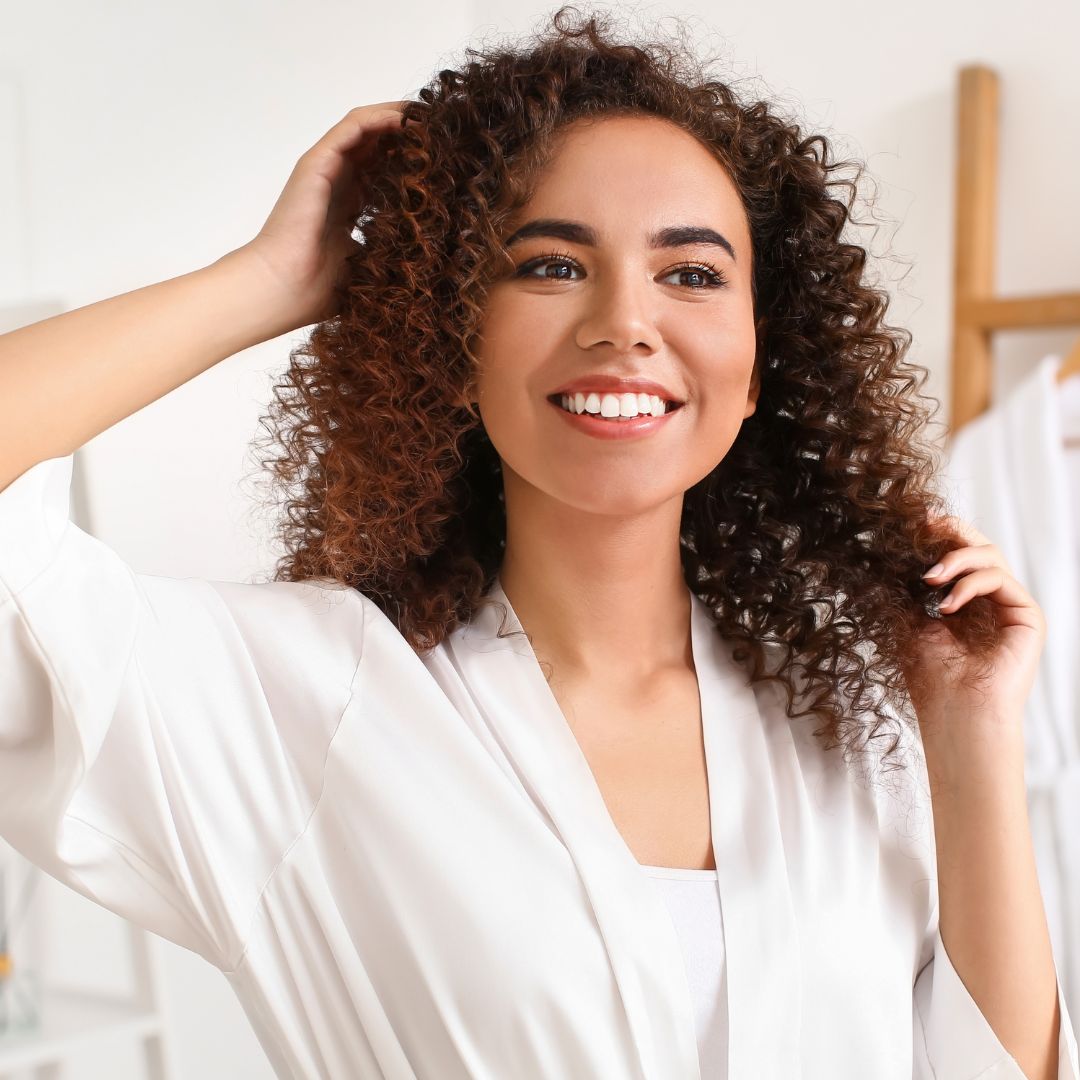
Hair masks have become an essential part of many people's hair care routines, offering a range of benefits for achieving healthier, shinier, and more manageable locks. If you’re not sure how to properly use a hair mask, here is a guide to follow when you start incorporating hair masks into your hair regimen.
1. What does a mask do to your hair?
Hair masks are designed to provide deep nourishment and hydration to your hair. They penetrate the hair shaft, addressing various issues such as dryness, damage, and frizz. The ingredients in a hair mask work together to strengthen, repair, and rejuvenate your strands, leaving you with healthier and softer strands.

2. What should a hair mask do?
A good hair mask offers a combination of moisturizing, strengthening, and repairing properties. It should be formulated with ingredients such as natural oils, proteins, and vitamins that cater to your specific hair needs, whether it be moisture retention, damage repair, or overall hair health.

3. Which mask is best for hair?
We highly recommend hair masks formulated with organic ingredients and Free of harsh chemicals, like our Transformative Hair Mask. It’s formulated with ingredients like buriti, tucuma, coconut and avocado and like all Loba Mane products, our hair mask is Free of harsh chemicals like sulfates, silicones, and parabens.

4. How long should I leave a hair mask on?
The duration for leaving a hair mask on varies depending on the product. Generally, it is recommended to leave a hair mask on for 5-30 minutes to allow the ingredients to deeply penetrate the hair shaft. We recommend applying it before washing your body to preserve water. You can also apply a hair mask while you do chores to allow maximum productivity and to conserve water.

5. Is it better to put a hair mask on wet or dry hair?
We recommend applying a hair mask to damp hair. Wet hair allows for better product distribution, ensuring that the mask covers each strand evenly. The water on your hair also helps to open the cuticles, allowing the mask's ingredients to penetrate more effectively.

6. How often should you do a hair mask?
The frequency of hair mask application depends on your hair's condition. For damaged or dry hair, we recommend using a mask once a week. Healthy hair can benefit from a monthly treatment. However, it's crucial not to overdo it, as excessive use may lead to product buildup.

7. How should I apply a hair mask?
Start by sectioning your hair and applying the mask evenly from roots to ends. Use a wide-tooth comb to distribute the product and ensure every strand is coated. Massage the mask into your hair and leave it on for the recommended time. Rinse thoroughly with lukewarm water.

8. Can a hair mask touch your scalp?
While the primary focus of a hair mask is on the lengths and ends of your hair, some masks are scalp-friendly. If the product is labeled as suitable for the scalp, you can apply a small amount, avoiding excessive buildup. However, for most masks, it's best to concentrate on the lengths to prevent weighing down the roots.

Incorporating a hair mask into your routine can do wonders for the health and appearance of your hair. Choose a mask tailored to your needs, follow the recommended application guidelines, and enjoy the transformative effects of a well-nourished mane.

Comments (0)
Back to BLOG